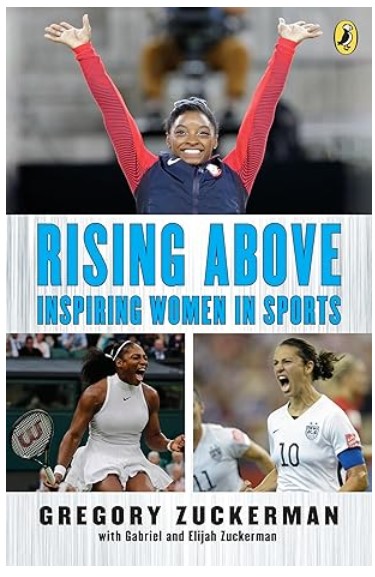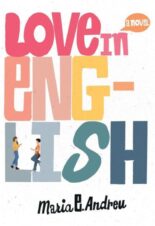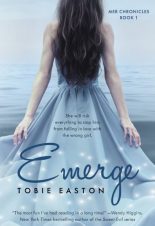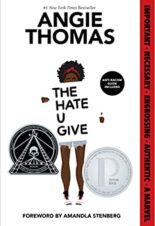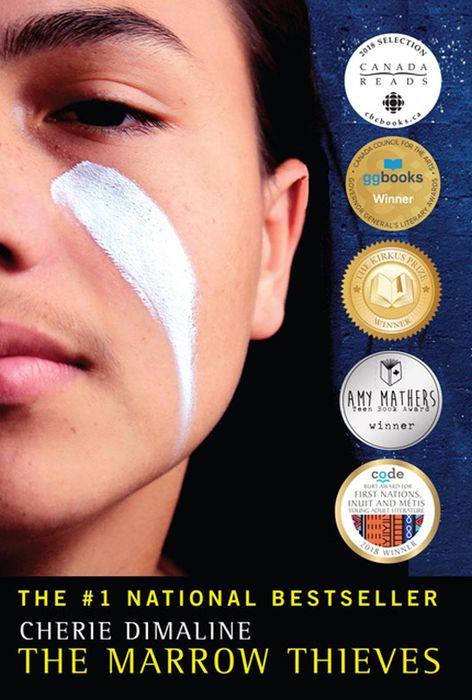
Buy This Book
Other books you may enjoy
“And I understood that as long as there are dreamers left, there will never be want for a dream. And I understand just what we would do for each other, just what we would do for the ebb and pull of the dream, the bigger dream that held us all. Anything. Everything.” Frenchie. ― The Marrow Thieves
The Marrow Thieves
by Cherie Dimaline
AR Test, Diverse Characters, Teaches About Culture
14+
Score
5.5
259
The world has been ruined by global warming. In the destitute landscape of North America, the Indigenous people are being hunted by Recruiters, truancy agents who bring any person of Indigenous descent to the schools where their marrow is extracted at the cost of their lives. Why are they being hunted? Because people of Indigenous descent still have the ability to dream when the rest of the population has lost it. To survive, people have begun to move periodically, to prevent themselves from being sent to the schools where their bone marrow is to be extracted in exchange for their dreams. However, some have taken up the opportunity to betray their own people and turn them in to the Recruiters in order to receive a large sum of money for survival.
Frenchie has escaped from Recruiters after they kidnapped his brother. His father and mother were also taken by Recruiters, thus leaving him as the only one left in his family. In the woods, he is saved by a group of fellow Indigenous survivors. Among them are Miigwans, an older gay man who has escaped from the schools, Minerva, a woman elder who teaches the kids her native Indigenous tongue, Rose, a Black-Indigenous girl who becomes Frenchie’s girlfriend, Wab, a girl with a large scar on her face, and RiRi, a young Indigenous girl whose mother was kidnapped by Recruiters. Each member of the group carries their own story of trauma tied to their Indigenous identity. However, as the years progress and the losses continue to pile up, Frenchie learns that there may be a way to stop the marrow thieves and end this genocide.
The Marrow Thieves is told in a prose narrative style written in the first person. Much of the novel is told from the perspective of Frenchie, an Indigenous boy. This allows for readers to empathize with his emotions of loss and anger as well as demonstrate the horror of Indigenous genocide through the lens of an Indigenous protagonist. Some chapters shift in perspective to provide backstory of certain characters, such as Miigwans and how he lost his husband, or Wab telling the group about her violent backstory. This shift in the narrative style gives the reader the illusion of the character telling the entire group their backstory.
The novel heavily deals with themes about Indigenous genocide and the trauma Indigenous people continue to endure. The story makes many references to past genocides, such as the residential schools run by the Roman Catholic Church whose goal was “to kill the Indian, save the man.” These residential schools killed thousands of Indigenous children during their operations and traumatized millions more when the Church stole their children. While telling the story of how the marrow thieves came about, Miigwans says, “Soon, they needed too many bodies, and they turned to history to show them how to best keep us warehoused, how to best position the culling. That’s when the new residential schools started growing up from the dirt like poisonous brick mushrooms.” The characters in the novel even call the institutions where Indigenous marrow is extracted, the “new residential schools,” following the theme of the cycle of genocide and intergenerational trauma that Indigenous people go through, proving that history is constantly repeating itself.
The Marrow Thieves is a novel with which teenage audiences will empathize. For Indigenous readers, it provides well needed representation with a variety of characters who have unique personalities and identities and validates the trauma they feel. For non-Indigenous readers, it exposes the part of history that is often left out in many countries, particularly in America and Canada. The novel teaches non-Indigenous readers about the genocides Indigenous people have faced and, despite what the school curriculum makes it seem like, they are still facing. They survived.
Some readers may struggle with the flow of the plot as it jumps around between the past and the present, such as the story shifting from Miigwans’s backstory to a chapter jumping forward about 3 years. However, it should be known that many Indigenous writers tell stories in a way that doesn’t fit into the typical Western/European formula most books are written in. The ending of the novel is heartwarming and provides a sense of hope and catharsis for its characters and its Indigenous readers. In its entirety, it validates the feelings of its Indigenous characters and its Indigenous audience, who have, historically, constantly faced invalidation. Non-Indigenous readers who want to learn more about Indigenous history and start diversifying their library, as well as readers who like science fiction, should read The Marrow Thieves.
Sexual Content
- Frenchie and Rose kiss for the first time after he asks Rose how she knows an Indigenous language when he doesn’t. “She pushed her face into mine, and for the first time I didn’t think about kissing her.”
- While sleeping in a bed together, Frenchie and Rose kiss before being interrupted by RiRi. Rose “moved her face forward, just a few centimeters and I took her lip between mine. She slid a knee over my thighs and pressed close.”
- Upon realizing that Frenchie loves Rose, he kisses her. “And I kissed her and I kissed her and I didn’t stop.”
- Frenchie expresses that he “wanted so badly to kiss [Rose] again.” On the next page, he proceeds to kiss Rose.
- Before Rose throws Frenchie’s cut hair into the fire, she kisses him. Rose “kissed me when she was finished, tossing the rough edges of my cut hair into the fire.”
Violence
- The entirety of The Marrow Thieves covers the multiple genocides Indigenous peoples have faced throughout history. There are references to residential schools and colonial expansion when Europeans discovered the New World. Kidnappings, that are implied to be violent, are common as it’s how real-world genocides operated. For example, Frenchie’s brother, Mitch, is kidnapped by Recruiters and taken to the schools. “Mitch was carrying on like a madman in the tree house. Yelling while they dragged him down the ladder and onto the grass. I heard a bone snap like a young branch. He yelled around the house, into the front yard, and into the van, covering all sounds of a small escape in the trees.”
- When recalling why she ran away, Wab discloses that some men her mother brought home would sexually assault her. “Sometimes they came after me, waking me up from my sleep when they tried to jam their rough hands in my pajamas. Sometimes they got more than just a feel before I could fend them off and lock myself in the bathroom.”
- In Wab’s backstory, a man slices her face and it is heavily implied he also raped her. “He moved fast, too quickly for me to do anything but close my eyes again. I didn’t feel the slice. Just the wet on my cheek, and neck, and chest. Then he was pulling off my pants. Then I stopped feeling all together.” The scene lasts for a page.
- Miig, the leader of the group, tells Frenchie about Minerva’s backstory. “‘Minerva was feeding her new grandson when the Recruiters burst into her home. They took the baby, raped her, and left her for dead. They answered to no one but the Pope himself, back then.’”
- In the same chapter, Miig also tells Frenchie about twins, Tree and Zheegwon’s, backstory in which they were tortured by a colony of townspeople who wanted to extract their dreams. “‘We found them tied up in a barn, dangling like scarecrows from a rope thrown over a beam.’ He sighed, paused for another breath. ‘They were full of holes that’d been stitched up with rough thread, all up and down their sides. And with a pinky missing on each hand. They were seven then.’”
- Frenchie wakes up to a traitor Indigenous person named Lincoln choking RiRi. “But then he turned and I saw RiRi, her throat grasped under [Lincoln’s] thick arm, legs kicking the air. She was grabbing at his forearm with her little hands, her face bright red.”
- The group fights back against the traitors and then Lincoln runs off into the woods holding RiRi hostage. “[Chi-Boy] jumped from his crouch on the group, the knife out of his arm and back into his hand. He lunged at Travis, driving the blade into the man’s leg, just above the knee.” The scene lasts for two pages.
- After Lincoln kills RiRi, Frenchie, infuriated and grieving, kills Travis. Frenchie thinks, “I heard him whine a little at the end of his plea. But then, maybe, it was just the wind. I pulled the trigger and the wind stopped blowing.”
- When attempting to save Minerva, an Indigenous soldier named Derrick shoots the van driver transporting Minerva. “The driver was hit. I looked up in time to see Derrick lower his gun.”
Drugs and Alcohol
- In Wab’s backstory, she tells the group that her mother was an alcoholic and eventually became addicted to drugs. “My mom traded favors for booze since food wasn’t really her priority . . . She’d started smoking crack, which was plentiful, to replace the booze, which was scarce.”
- When Frenchie’s listening to his dad talk about the relationship between him and Frenchie’s mom, he recounts the following: “‘Your mom, she was always smarter than me. One day she found me drinking bootleg with a couple of the boys in Chinatown.’”
Language
- The words “shit” and “assholes” are used throughout the novel along with their variations.
- Upon learning that Rose knows more about the Indigenous language than Frenchie, he exclaims, “Bullshit!”
- During Wab’s backstory, she says, “fuck” when she realizes she’s been tricked into a trap with a man who wants to hurt her.
- Wab calls the man who lured her into the trap a “dick.”
- Travis says, “Lincoln, for fucksakes, put [RiRi] down!” as an attempt to reason with Lincoln to stop him from killing RiRi.
Supernatural
- None
Spiritual Content
- Minerva performs a prayer that the campers perform later in the book too. “Minerva made her hands into shallow cups and pulled the air over her head and face, making prayers out of ashes and smoke. Real old-timey, that Minerva.”
- Because hair is sacred in most Indigenous religions and is kept long, many of the characters wear their hair in braids. There are multiple scenes in the book where a character braids another character’s hair as an act of intimacy.
- After Minerva dies, Rose and Frenchie perform a ritual for mourning the loss of a loved one. This involves cutting their hair, which is extremely important as hair is sacred in most Indigenous religions. “We buried Minerva the day after, the Council holding ceremony and prayer, even in the midst of our escape. Before I could stop her, Rose took scissors to her curls . . . I picked up the scissors when she put them down and cut my own braid off to send with Minerva.”
by Emma Hua
“And I understood that as long as there are dreamers left, there will never be want for a dream. And I understand just what we would do for each other, just what we would do for the ebb and pull of the dream, the bigger dream that held us all. Anything. Everything.” Frenchie. ― The Marrow Thieves
Latest Reviews
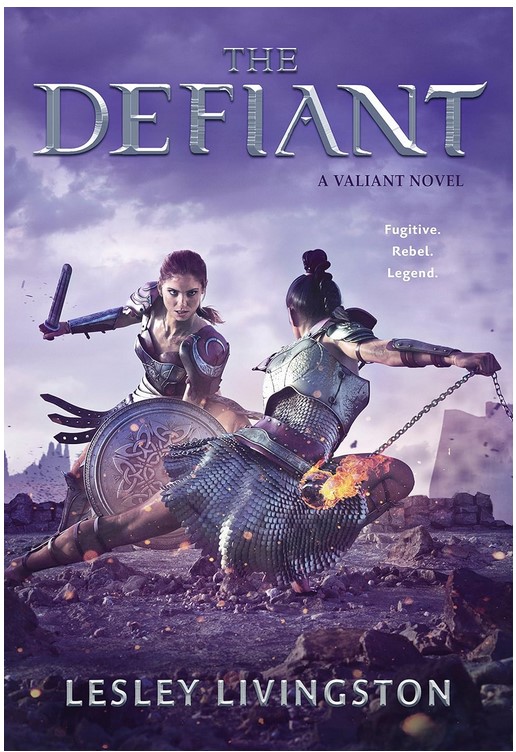
The Defiant
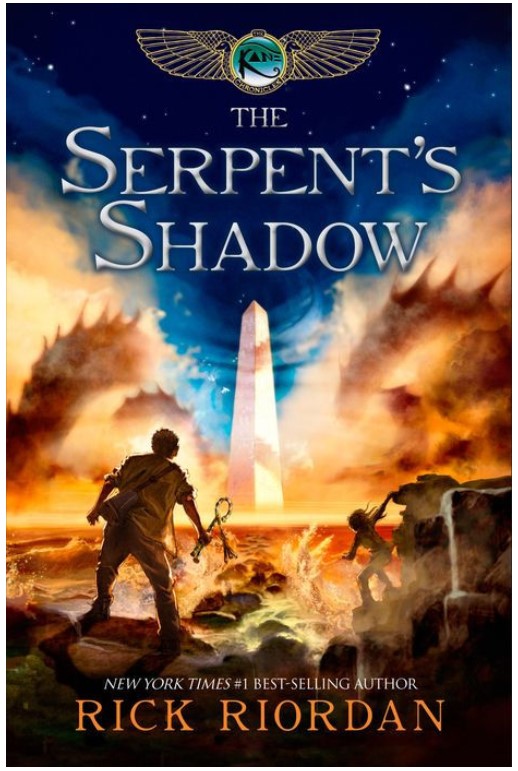
The Serpent’s Shadow
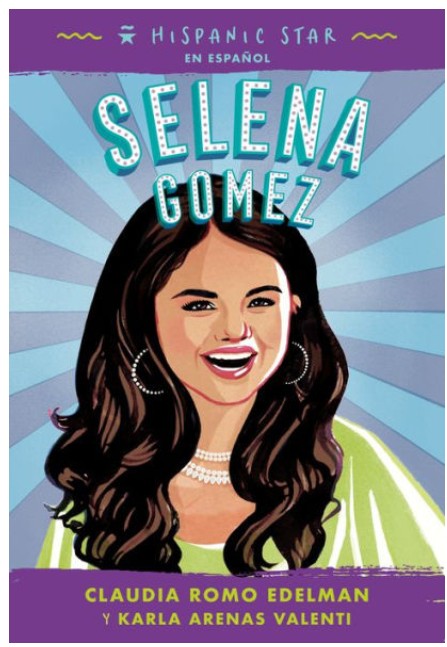
Hispanic Star: Selena Gomez
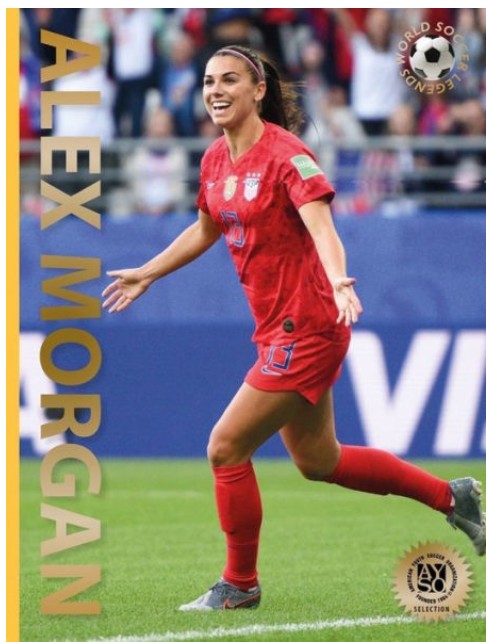
Alex Morgan
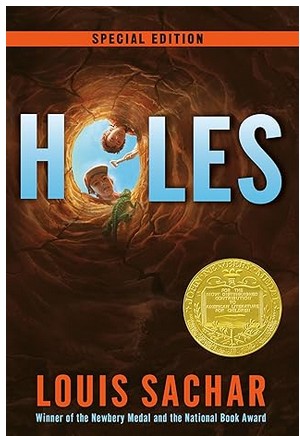
Holes
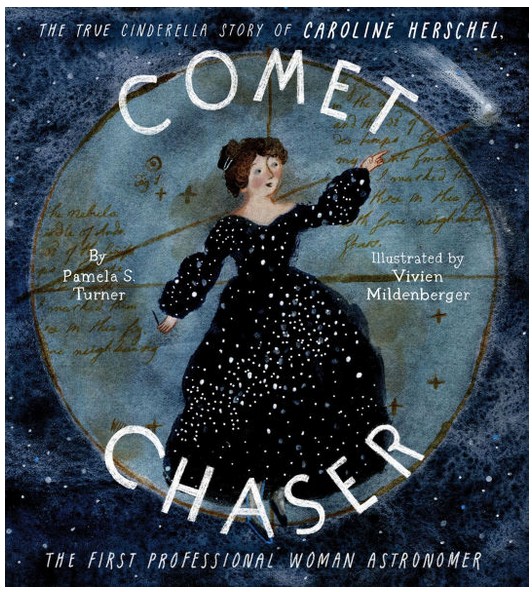
Comet Chaser

Jane Goodall: Groundbreaking Primatologist
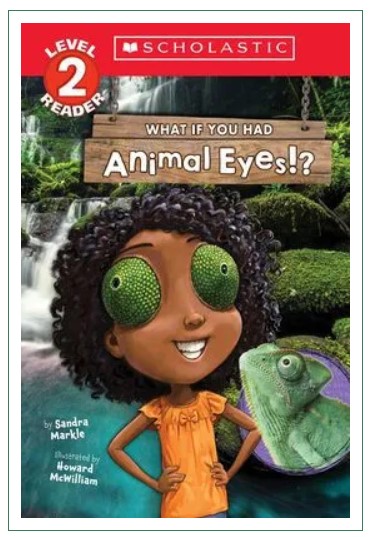
What If You Had Animal Eyes!?
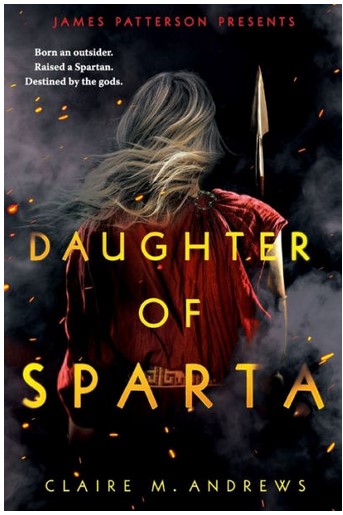
Daughter of Sparta
